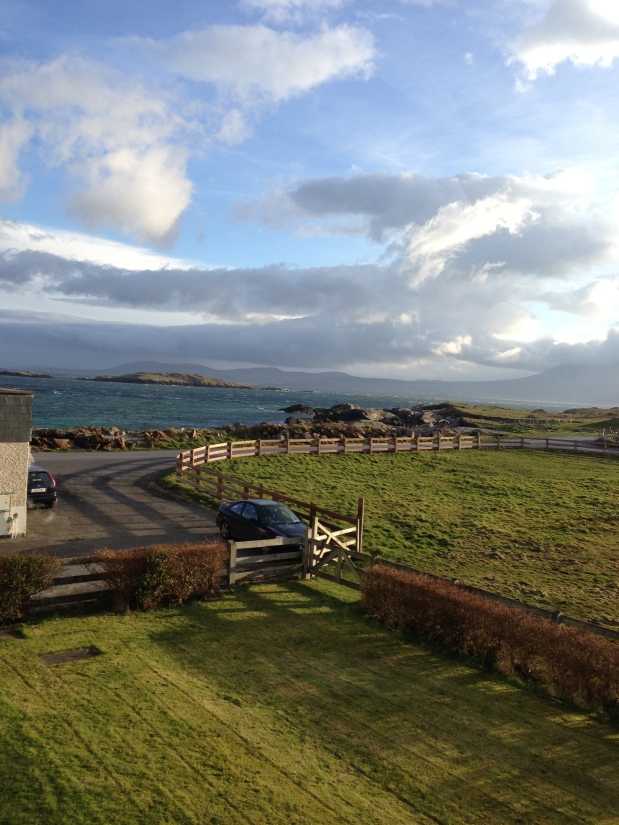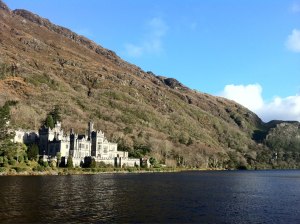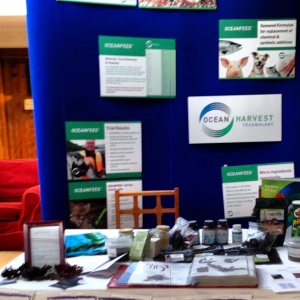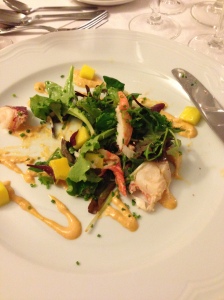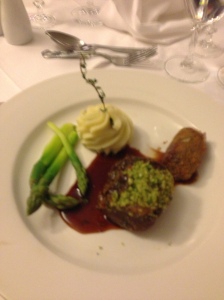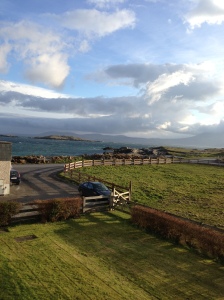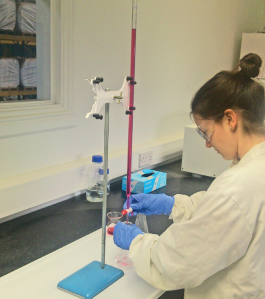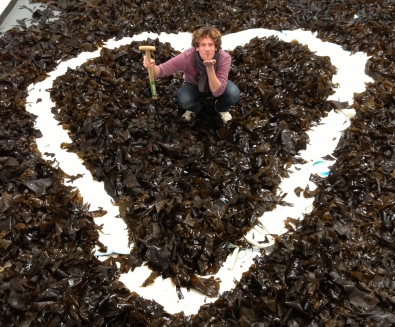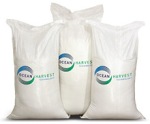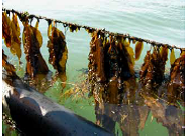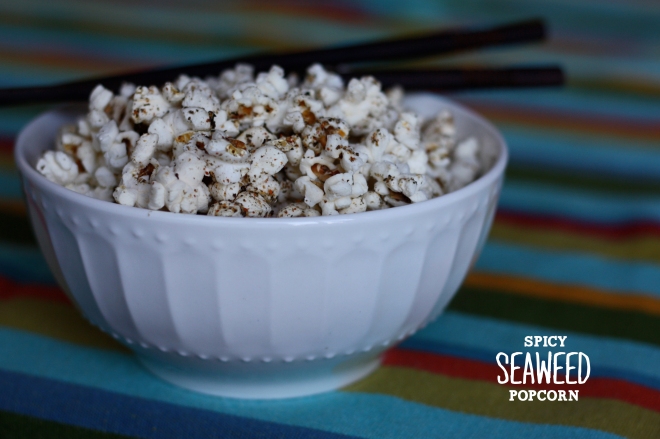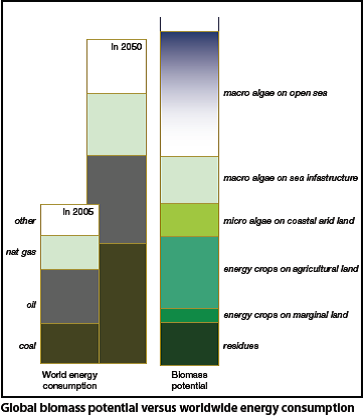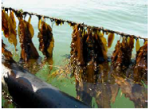It is always a pleasure to be invited to showcase your products and services to people who will be genuinely interested in your showing. Fortunately the guys at Renvyle House were kind enough to do is last weekend, on Saturday the 9th March. Let us tell you, the pleasure was all ours, what a place and what an experience
The day started around 8 o’clock in the morning when the packing begun with all the promotional material, flyers, backdrop and samples finding their way into the car. The bags were packed, the car was full of fuel and we were off. The hour and a half journey from Shrule, Co. Mayo, Ireland was going to be a long one, full of hills and windy roads but when you get to pass through beautiful areas such as Cong, Clonbur, Leenaan and Kylemore Abbey, who could complain.
The sun was shining as we drove, the music was blaring and the views were spectacular. It was only 11.30 and the day was off to a great start. When we arrived at Renvyle (our first time here) we were mesmerised by the beauty of the place, located right on the shore, with the beach literally 20 metres away, we did not need any more positives. Alas, I had to do some work.
In the hotel I met Zoe who showed me where I would be setting up for the Indoor Market and went through the details of the event with me. I got my stand set up, had a fantastic interview on the shore with Valerie Cox from RTE Radio 1 and went to relax in my room (which was complimentary by the way) for 15 minutes before the show got on the road. The Indoor Market was great, I was privileged enough to meet many fantastic people from a wide variety of places. Lucinda O’Sullivan and Rosita Boland would be two more familiar names but some great people at the market included The Connemara Smokehouse and the Nuns from Kylemore Abbey who had loads on offer. After the market I quickly packed away and went to my room to relax and watch the second half of the Ireland v France rugby match.
Then it was time to get ready for my Prosecco Reception before I got to enjoy a Gourmet Dinner of Seven Courses accompanied by specifically chosen wine for each course. You will find a few images below of some of the courses from the meal. I unfortunately got so absorbed in enjoying the marvellous food on offer, taking pictures kept slipping my mind.
The Gourmet Evening began at 7 o’clock and around 11.30 pm I finally put down the last bite of a gorgeous meal. A meal which was not only great for the food by Chef Tim O’ Sullivan and his team, but also for the service of the front of house staff and especially for the wonderful people I was able to sit down and enjoy my meal with, and people who I hope I will meet again in the future.
I would just like to finish by showing you the view from my room in the hotel which was spectacular and by thanking all of those in Renvyle for making my stay so relaxing and enjoyable. Finally I would also like to thank them for extending the invite of staying and enjoying their hospitality to my better have. I have gathered some great brownie points with her for this one.

